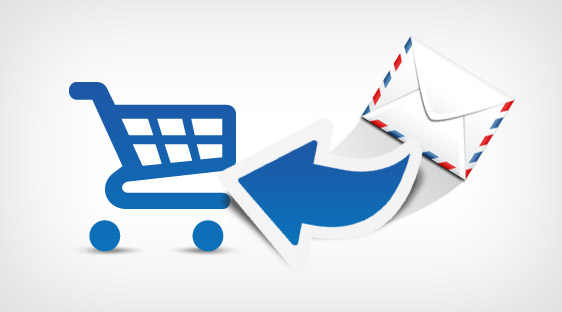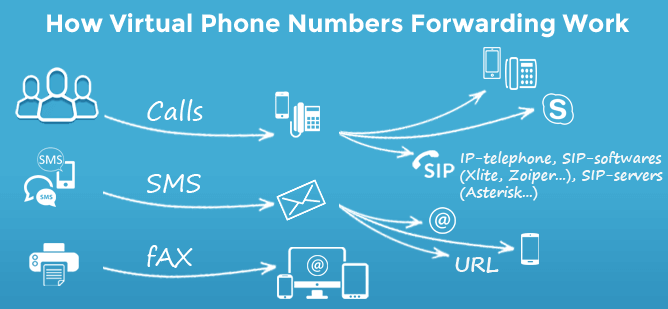
What Makes Email Remarketing Truly Effective?
Some estimates claim that as many as two thirds of visitors who start an online checkout process never complete it. This means that there are still a lot of people out there interested in some products or services, but they fail to actually make a purchase. The reasons they give up are varied, but most commonly mentioned are the high price of postage and packing, the total amount which was higher than expected, wish to compare prices of the same product elsewhere or a simple change of heart. Another important piece of information related to this is the fact that if a prospective shopper doesn’t return within 60 minutes to complete the process, there’s less than 10 percent chance they’ll ever return.
What can an Online Business do about it?
Unlike shop assistants at traditional stores, who can’t run after those shoppers who tried a new pair of shoes, but decided to give it a miss, online sellers can sometimes track down those who abandoned the process and contact them. In order to increase their conversion rates, online business have been relying heavily on e-mail remarketing, i.e. sending e-mails to those who “almost bought the product/service”.
This has proven to be a very useful strategy, but also one that should be applied with great care. Namely, if you start sending e-mails to all those who visit your site, you’re likely to create a feeling of annoyance among the recipients, who, in turn, are not likely to buy anything from you, ever.Instead, you should target those who engaged with your website, either by placing products in a shopping cart or leaving or those who spent more time browsing more expensive offers.
Conditions for Better Conversion
In order to improve your conversion rate, you need to provide great customer service and a wide range of products, in most cases. Additionally, you need an efficient e-mail marketing and remarketing strategy, as well as quality email remarketing software. With all the tools at hand, you need to know the following: on average, it takes just under 34 hours between the first visit and the first purchase. What can we do with this information?
Well, we could tailor our e-mail remarketing campaign like this: E-mail no. 1 is sent immediately, asking the customer if a technical glitch was the reason they failed to complete the purchase. E-mail no. 2 is sent some 24 hours after the visit to the site, with product images, reviews and your USPs. Final e-mail is sent exactly a week after the visit. If the previous follow-ups have not resulted in purchase, this one might contain an offer such as a discount or free shipping. Naturally, if you are to offer a discount, it should not be for the same product. Otherwise, people would soon start abandoning their shopping carts and wait for the final e-mail remarketing follow-up a week later.
![]()
Other Points to Consider
If you are to start an e-mail remarketing campaign, you need to get your visitors’ e-mail addresses as soon as possible. You home-page is the perfect place where you should ask for it. Offering an incentive, such as free shipping or a discount, is a good idea here. Needless to say, just by sending follow-ups you’re not guaranteed an increase in the conversion rate. However, your odds are much better if the tone of your letter is personal and the topic relevant. Most people are reluctant to respond to what they perceive as generic. Finally, that fact that you save the content of your visitor’s abandoned shopping cart shows that you care, but you should set a date when it will expire.
So, if you react quickly, remain relevant and choose a personal tone, your product is more likely to find a new owner. One of the advantages of online shopping is that you can more easily target those who’ve already expressed interest in your offer and convert them from “just browsers” to “actual shoppers” and there’s no reason why you shouldn’t use this opportunity.



